The Spanish subjunctive... it's often the topic that makes students (and sometimes us!) take a deep breath. It's not always straightforward, dealing with feelings, doubts, and suggestions rather than just objective facts. We've all seen students try to memorize endless rules, only to feel lost when they try to apply them in conversation or writing. That's why many teachers rely on mnemonics like WEIRDO to help, but even with those frameworks, making the concepts stick can be a challenge.
If you're looking for ways to make the subjunctive a bit more manageable and memorable for your students, especially using engaging tools like doodle notes and interactive notebooks, this blog post will help.
More...
Why the Spanish Subjunctive Can Feel Like a Puzzle
Traditional methods to study Spanish grammar, often relying heavily on rote memorization and drills, can sometimes leave students feeling disconnected from the why behind the subjunctive. It’s an abstract concept, and without ways to really see or interact with the rules, it can be hard for the ideas to stick.
This is where active, visual learning comes in. Our brains tend to remember things better when we engage with them in multiple ways – seeing, drawing, and moving...
Disclosure: This post may contain affiliate links. As an affiliate for Amazon and other companies, I earn from qualifying purchases. This means that if you click on a link and make a purchase, I may earn a small commission at no additional cost to you.
Understanding Spanish Subjunctive Triggers with "W.E.I.R.D.O."
To help students understand when to use the subjunctive, many Spanish teachers use the mnemonic WEIRDO. This provides a simple framework for remembering those common situations where the subjunctive mood is triggered:
- Wishes - Deseos (e.g., desear, querer)
- Emotions - Emociones (e.g., gustar, odiar)
- Impersonal expressions - Frases impersonales (e.g., es importante que, es necesario que)
- Recommendations / Requests - Recomendaciones (e.g., recomendar, pedir)
- Doubt / Denial - Duda y Negación (e.g., dudar, negar, no saber)
- Ojalá
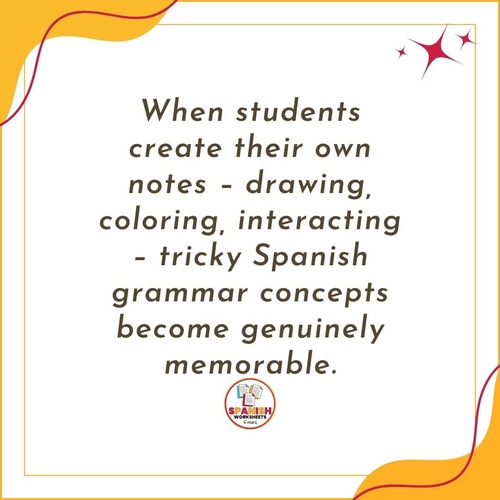
How Doodle Notes and Interactive Books Deepen WEIRDO Understanding
Knowing what WEIRDO stands for is one thing, but truly internalizing when and how to apply it can still be tricky. This is where engaging tools like doodle notes and interactive notebooks come in.
When students take their own notes in visually appealing worksheets or manipulate the papers into flipbooks or foldables, this enhances their learning and helps them remember the content better.
My Subjunctive WEIRDO Doodle Notes and Interactive Books are designed with interactive learning and repetition in mind, offering a highly effective approach rooted in language teaching strategies.
Instead of passively listening to a grammar lecture or just scribbling notes, students will be actively processing and remembering these subjunctive triggers. The materials encourage active engagement, making the concepts far more relatable and memorable than a traditional approach.
Interactive notebooks provide crucial hands-on practice, which is especially helpful for visual and kinesthetic learners. Students aren't just reviewing; they're actively applying the rules. The tactile process of cutting, gluing, and decorating their interactive notebooks helps them deeply engage with the material, significantly boosting memory and understanding.
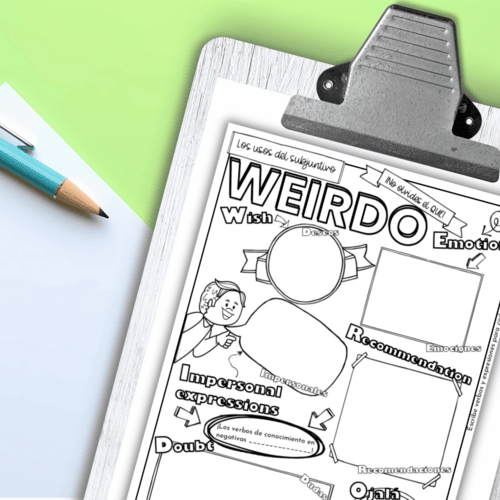
This resource supports a variety of learning styles and classroom needs by providing differentiated options. You can use these materials to introduce WEIRDO for the very first time, guiding students as they complete the sheets. For more independent work, students can fill in blanks or even add their own notes from scratch, truly personalizing their learning journey.
Inside My Subjunctive WEIRDO Doodle Notes & Interactive Books Resource
My Subjunctive WEIRDO Doodle Notes and Interactive Books include a few key components designed for flexibility and student engagement:
- Doodle Notes for Initial Instruction & Visual Reference: These notes are excellent for guiding initial instruction, helping students actively memorize the WEIRDO acronym and its uses. Through coloring and personalization, these visual notes reinforce retention and understanding. They are adaptable for guided note-taking, flipped classroom pre-work, or review activities.
- Honeycomb/Hexagon Organizers: This visually appealing graphic organizer offers a creative way to grasp WEIRDO and reinforce recognition. It's a versatile tool for interactive notebooks, providing a focused space for grammar practice. With multiple versions available (simple writing, cut-and-paste, or a more complex foldable), you can use them for warm-up drills, quick assessment checks, or as visually engaging references.
- Engaging Flipbooks for Practice & Review: These can also be glued into notebooks for easy access and quick revision. They get students actively engaged through cutting, gluing, and completing various inserts (like fill-in-the-blank sentences or basic explanations). This supports retention and helps students process the subjunctive in a meaningful way, making them excellent for layered learning, collaborative practice, or as a home review tool.
By combining these different doodle notes and interactive book components, you're giving students with various learning styles a way to genuinely own their knowledge of the Spanish subjunctive.
Encouraging decoration and coloring helps make the content more memorable and gives students a sense of ownership over their learning.
Demystify the Subjunctive: An Essential Book for Clarity
For your most advanced students, or if you're looking to deepen your own understanding, 'Demystifying the Spanish Subjunctive: Feel the Fear and 'Subjunctive' Anyway' is an incredibly insightful and highly recommended read. It complements your students' understanding of WEIRDO triggers with WOOPA (Wishes, Opinions, Obligations, Possibility, Advice) explanations, all presented from a practical Spanish as a Foreign Language (SFL) perspective.
Putting it All Together for Deeper Learning
Using doodle notes and interactive books together means students get both the conceptual explanation of the subjunctive in Spanish and a chance to apply it immediately.
- The doodle notes help students grasp the initial concepts through active, visual note-taking, making the WEIRDO categories clearer. You can guide them by demonstrating with a projector or camera (like the one in my Spanish classroom supplies blog post) or let them do them on their own as a review exercise.
- Then you can use the interactive books to provide immediate, additional hands-on practice, helping them connect the rules to real examples of WEIRDO triggers.
- Together, they create a comprehensive, engaging set of resources that students can use for review and self-study, solidifying their understanding of the Spanish subjunctive.
Other tools you can use to boost memory and help your students remember grammar and vocabulary are games like Spanish word searches or Spanish crosswords.
Ready for a Spanish Subjunctive Breakthrough in Your Classroom?
If you're ready to implement these highly effective visual notes and interactive activities for the Spanish subjunctive in your classroom, and appreciate ready-to-use resources that save you time, I invite you to visit my Spanish Worksheets and More TPT store. You can take a closer look at my Subjunctive WEIRDO Doodle Notes and Interactive Book to see if it's the right fit for your classroom and a truly helpful tool for your students!
And if you want more, I also have a Spanish Subjunctive DISHES Verbs Doodle Notes and Interactive Books Resource for further Spanish Subjunctive Practice. I'll be adding more doodle notes, flipbooks and other interactive books to my resources soon!
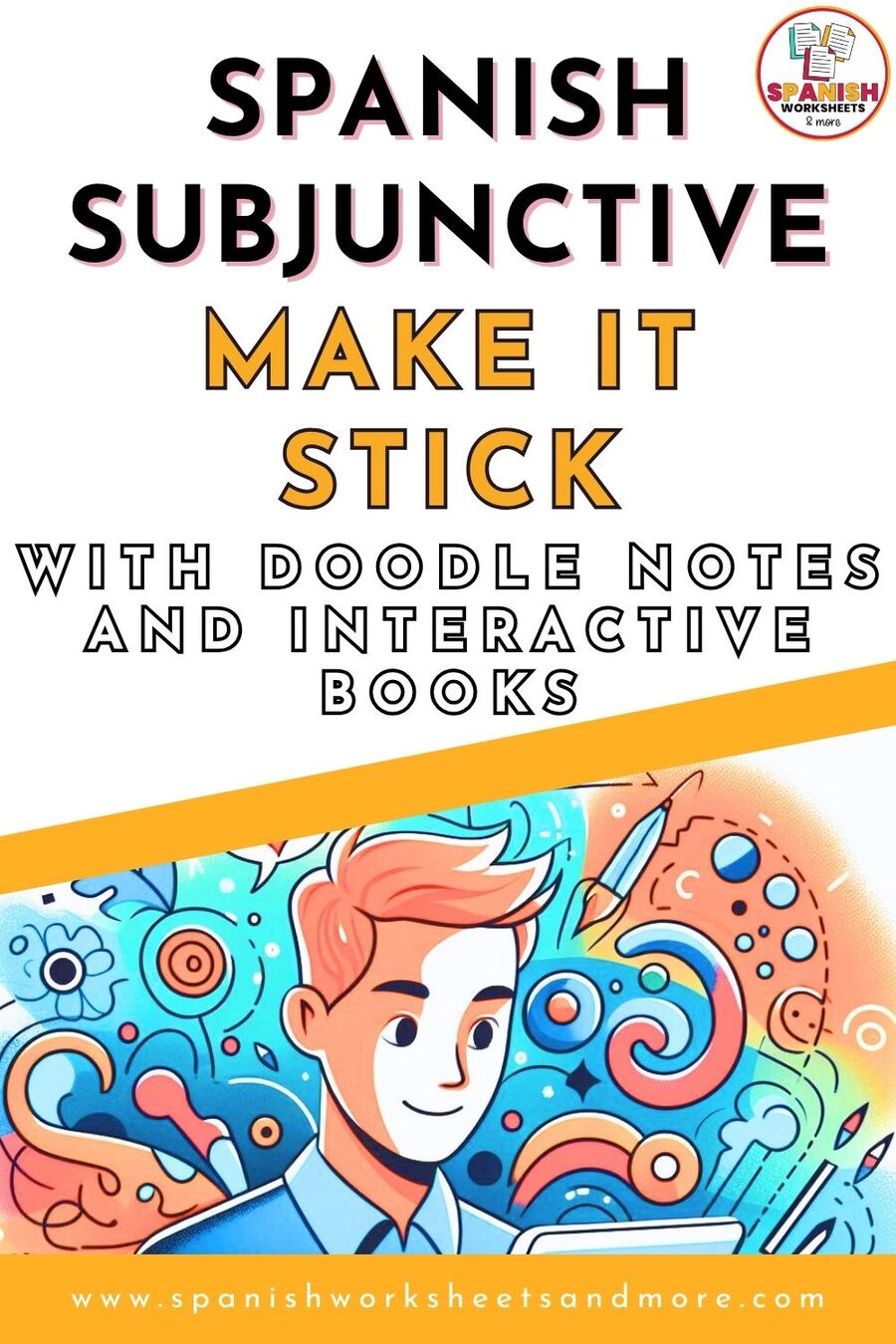
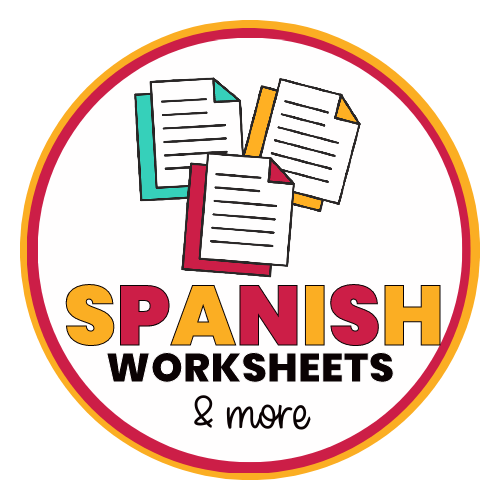

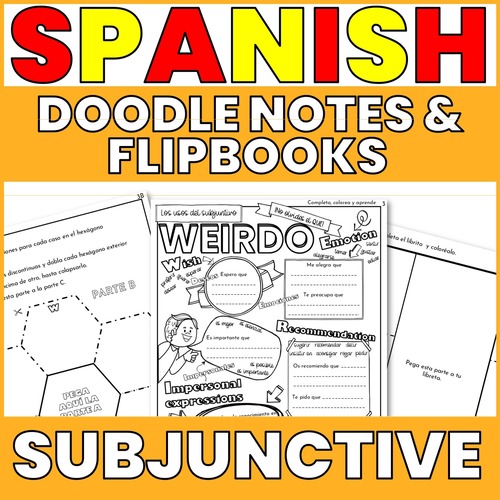
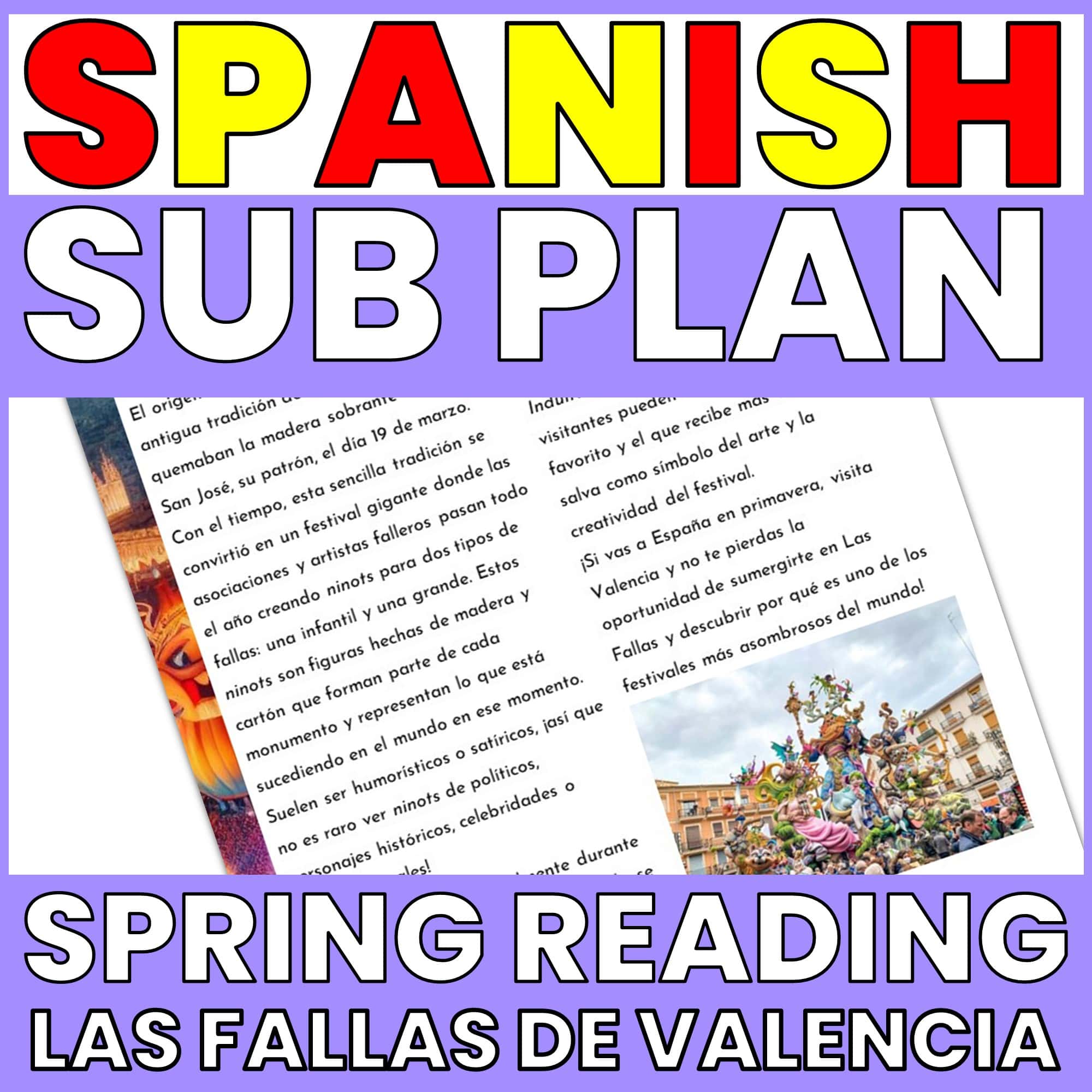

0 comments